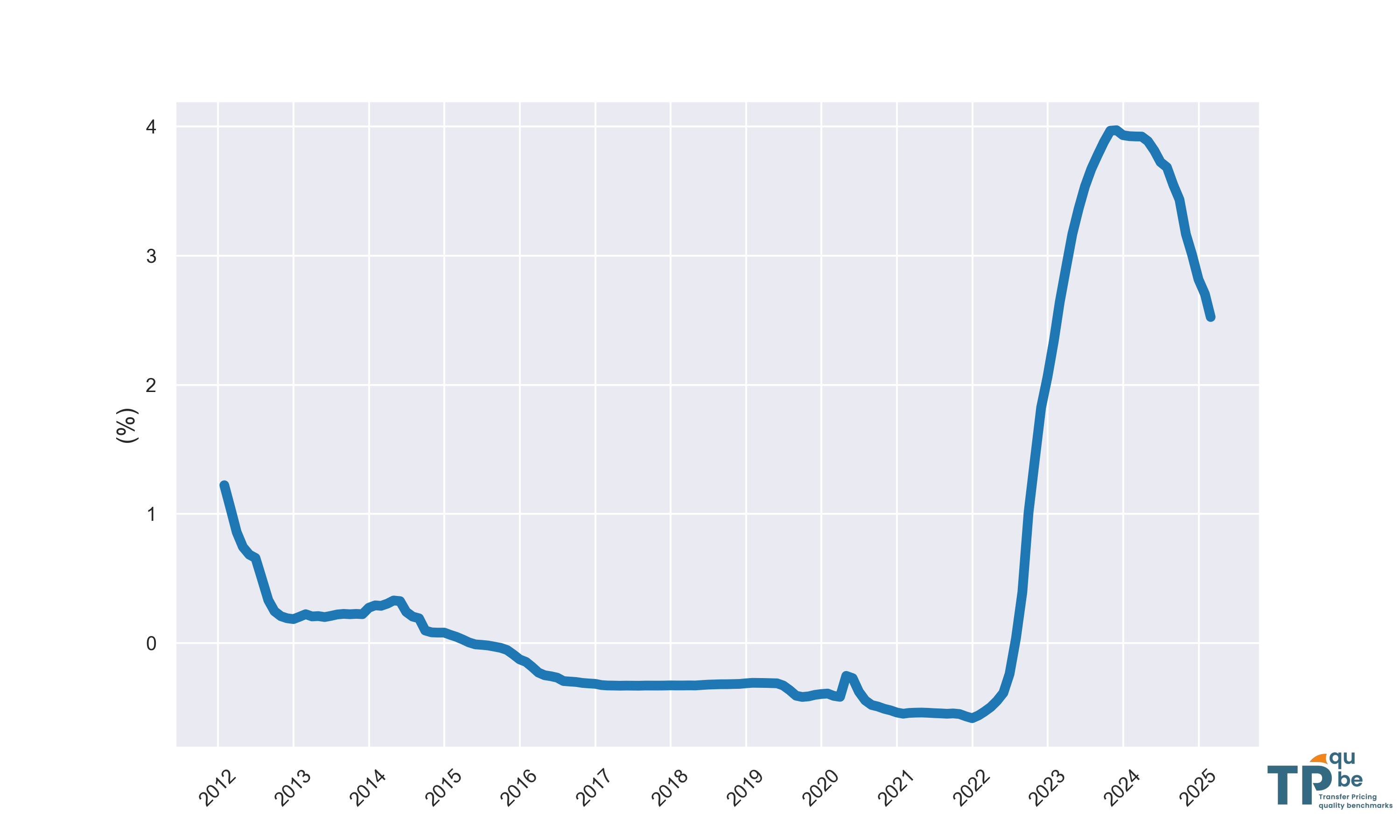Tp qube
Welcome to our article on a crucial transfer pricing issue: intragroup loans.
Intragroup loans raise significant transfer pricing concerns, and, in this article, we will explore the following questions:
1. Back to basics, what are intragroup loans?
2. What are the main transfer pricing questions raised by intragroup loans?
3. Which transfer pricing methodology should I use to document intragroup loans?
4. How should arm’s length interest rates be computed?
5. As a taxpayer, how can I document my transfer pricing policy regarding intragroup loans?
6. What are the implications of the current increase of interest rate?
[🇫🇷🇸🇳Cet article est aussi disponible en Français ici🇨🇮🇱🇺 ]
1. Back to basics, what are intragroup loans?
2. What are the main transfer pricing questions raised by intragroup loans?
3. Which transfer pricing methodology should I use to document intragroup loans?
4. How should arm’s length interest rates be computed?
5. As a taxpayer, how can I document my transfer pricing policy regarding intragroup loans?
6. What are the implications of the current increase of interest rate?
After more than a decade of decrease, interest rates have increased sharply since 2022. This rise is observed in both the US and Europe and for all type of issuers. As an example, the graph on the right hand side depicts the evolution of the Euribor 12 months that is used as a reference rate in the eurozone.
For tax practitioners, this means that new loans concluded in 2022 or later will have higher interest rates compared to loans concluded previously. As a result, tax impacts will be larger. Tax administrations will increase their scrutiny, notably thanks to more automatized approaches to detect loans that should be reviewed and that could lead to reassessments.
Many MNEs tend to routinely renew their loans, without updating their yield analyses. These data suggest that they should revise this practice.
It is important to monitor changes in legislation, as new rules can affect existing loans. For instance, the German regulation enacted on 27 March 2024 took effect on 1 January 2024 and may impact loans made before 2024. Additionally, deviations from OECD standards pose a risk of double taxation.
Euribor 12-months evolution
2012 – 2023

